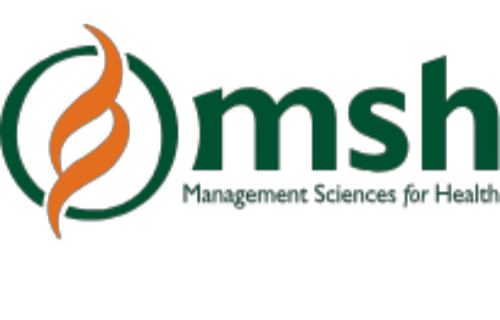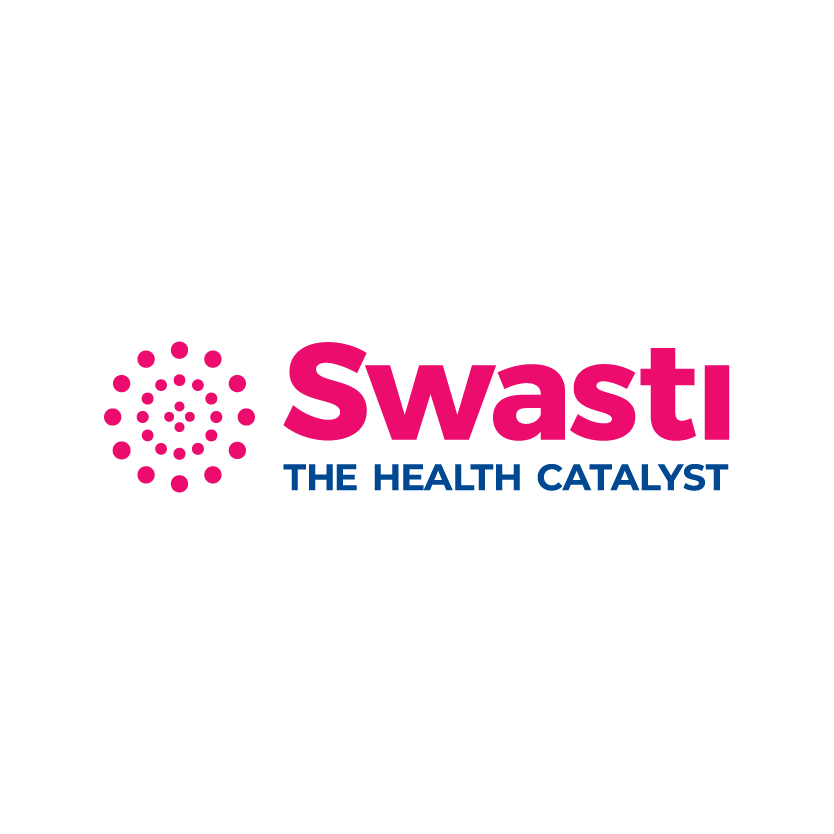

This section hosts guidelines, manuals and toolkits to strengthen public health practice.
Resources
FILTER
BY CATEGORY
View All
The State of the World's Midwifery (2021)
22 May 2022by OVER 1 HOUR
Sexual, reproductive, maternal, newborn, and adolescent health (SRMNAH) is a key component of the Sustainable Development Goals (SDGs). Improving SRMNAH necessitates a greater dedication to and investment in the health workforce. This report focuses primarily on midwives because they play a pivotal role within the wider SRMNAH workforce.
With the aid of 32 organizations, the United Nations Population Fund (UNFPA) developed and launched SoWMy (State of the World’s Midwifery) 2021 in collaboration with the World Health Organization (WHO) and the International Confederation of Midwives (ICM). It advances on previous SoWMy reports from 2011 and 2014, and includes several countries that were not previously tracked.
Much of the evidence and research underlying the State of the World's Midwifery 2021 refers to the pre-Covid-19 era. The benefits of high-quality midwifery care on women and families around the world are well documented. The findings highlight the importance and effectiveness of midwives as key members of the SRMNAH workforce. They have proven critical in achieving meaningful progress toward several of the 2030 Agenda for Sustainable Development's goals and targets. Midwives have become increasingly more important in fulfilling the sexual and reproductive health needs of women and adolescents in the face of Covid-19-related limitations and overworked health institutions.
Midwives deserve recognition for their courageous and often dangerous work during the pandemic, which has helped to mitigate the impacts of virus transmission among pregnant women and their newborns by letting many births take place beyond the hospitals, whether at home or in a midwifery unit or birth facility. Midwives and the infrastructure that supports and sustains them are increasingly being acknowledged by policymakers as a source of overall efficiencies. The State of the World's Midwifery 2021 should serve as a roadmap for governments and other partners in determining how and where attention and resources should be focused to achieve this goal.
According to the research, there is a global demand for 1.1 million additional full-time SRMNAH workers, predominantly midwives in Africa. To satisfy demand by 2030, all countries must increase education and deployment of these cadres, according to the report. Other key research findings should also be considered, including the fact that midwives can meet about 90% of the requirement for essential SRMNAH interventions across the life course when adequately trained, credentialed, and unified in an interdisciplinary team.
By 2035, universal coverage of midwife-delivered interventions might prevent two-thirds of maternal, neonatal, and stillbirth mortality, saving 4.3 million lives yearly. There is no better reason to make midwives a more fundamental part of all health systems and to guarantee that they are properly educated, supported, and appreciated.
Related File :
8283587367.pdf

 EXPLORE DATA
EXPLORE DATA 



























